-

- places
- I've been there...
Pena Palace - Sintra / Portugal - ☰ contents
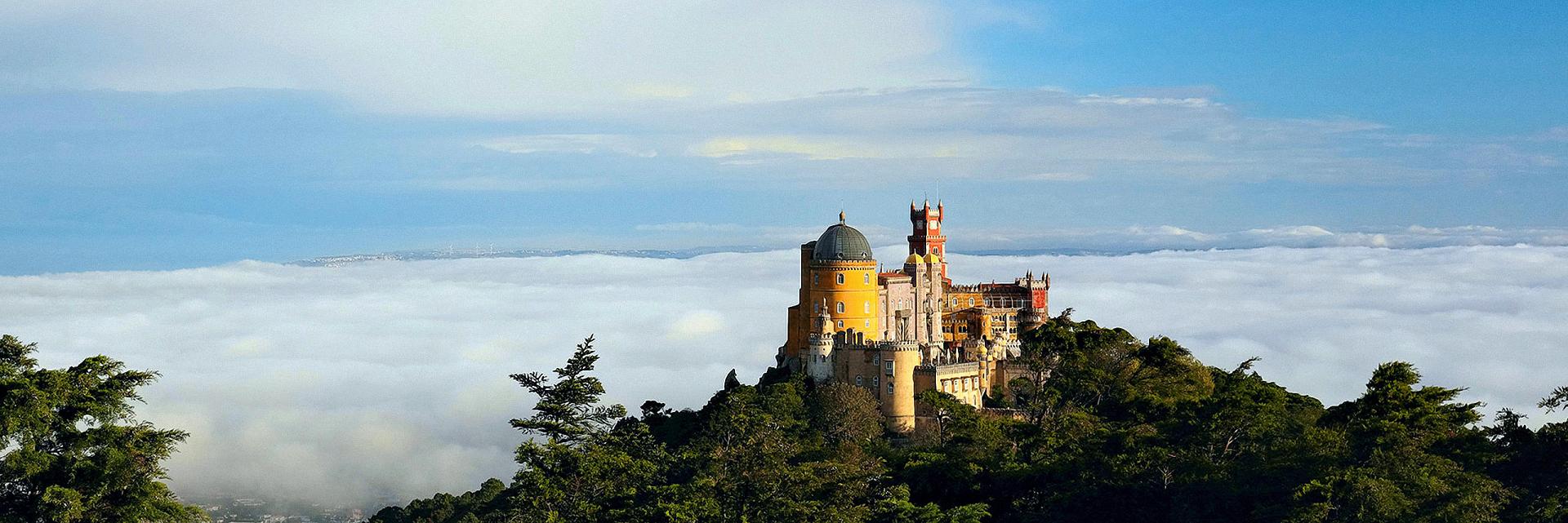
Photo on top source: portugalvirtual.pt
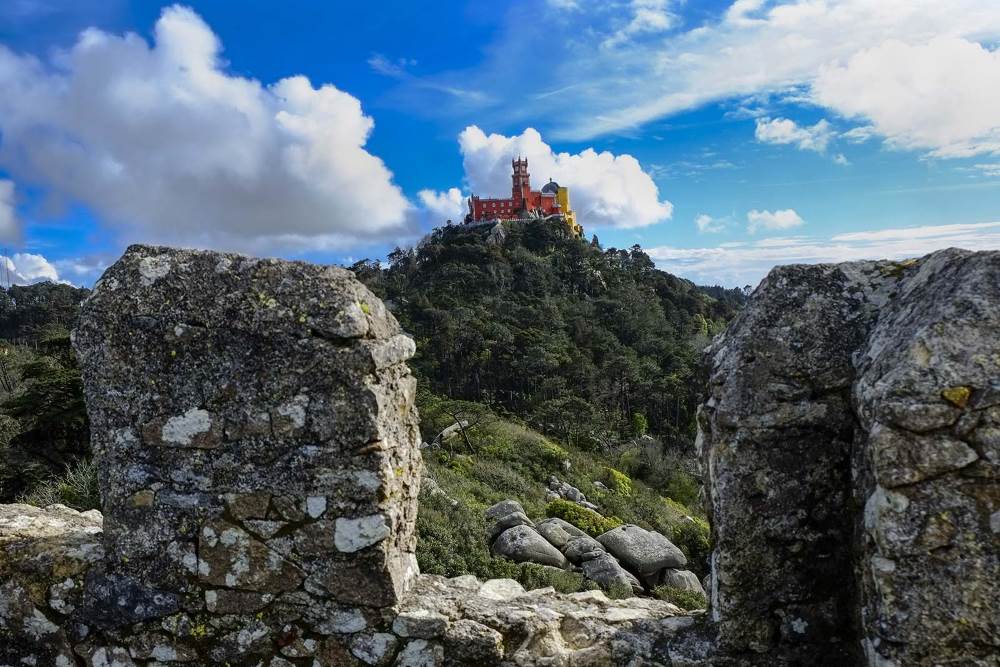
Outside the Palace, source: 365diascontigo
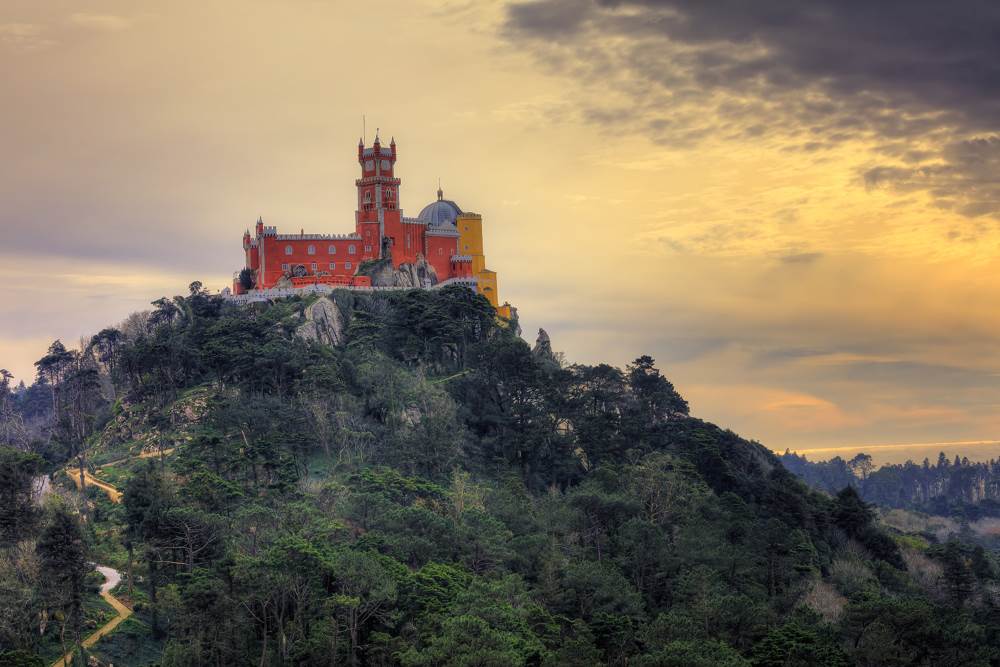
Outside the Palace, source: alexgaliano.com

Outside the Palace, source: sintratours.co.uk

Outside the Palace, source: Singa Hitam
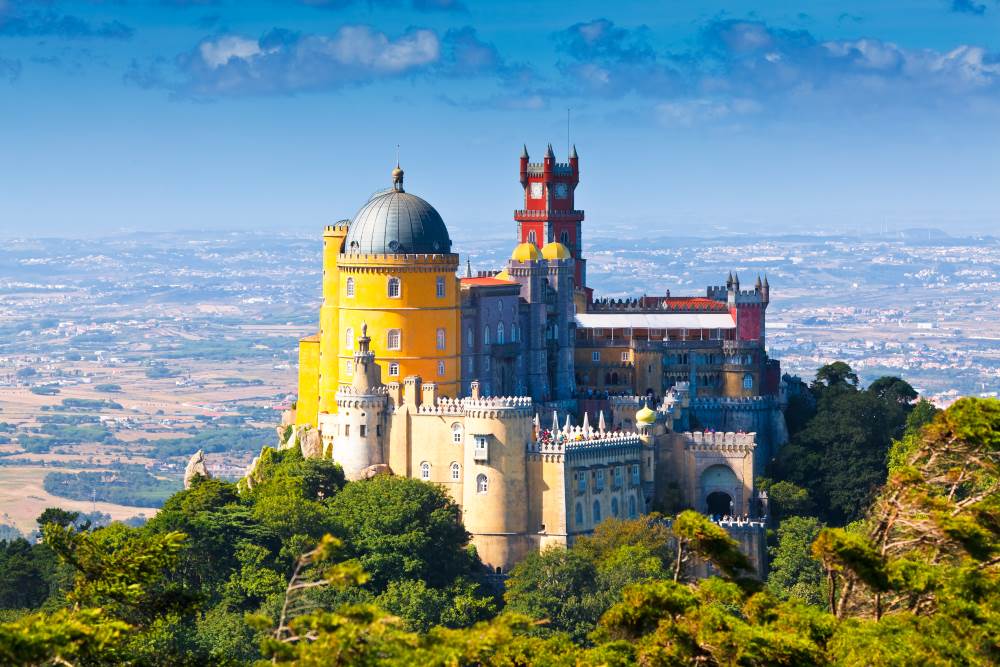
Outside the Palace, source: mmia.com
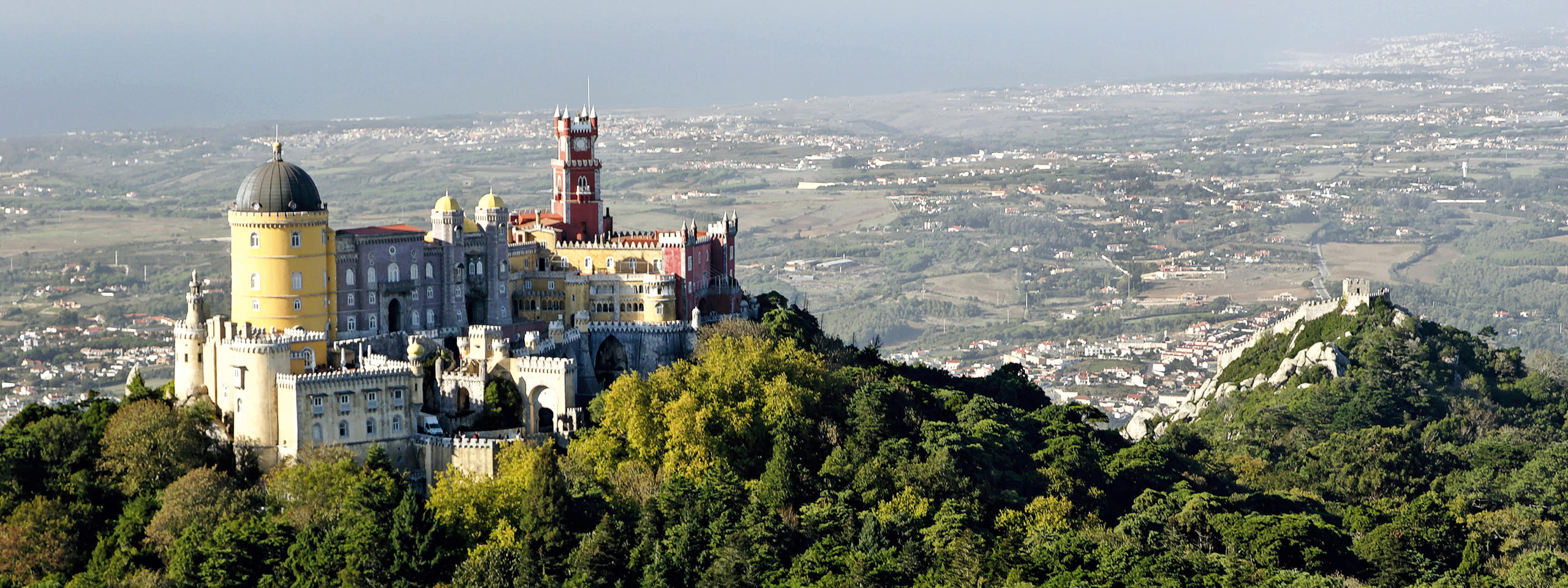
Outside the Palace, source: portugalvirtual

Outside the Palace, source: portugalvirtual
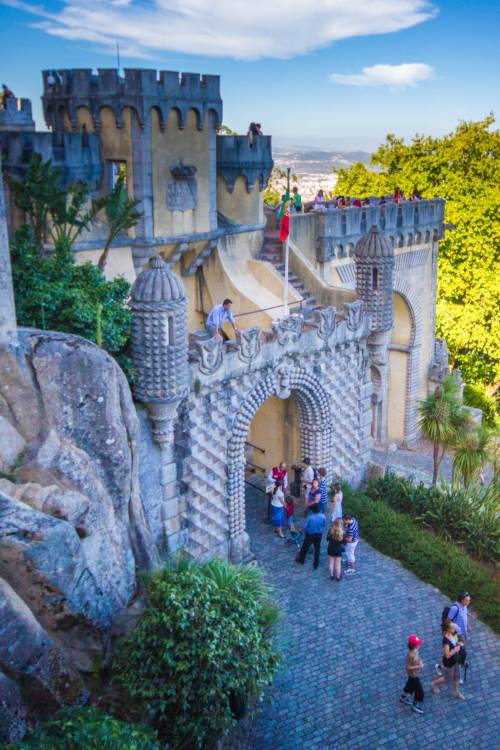
Source: wanderingwagars
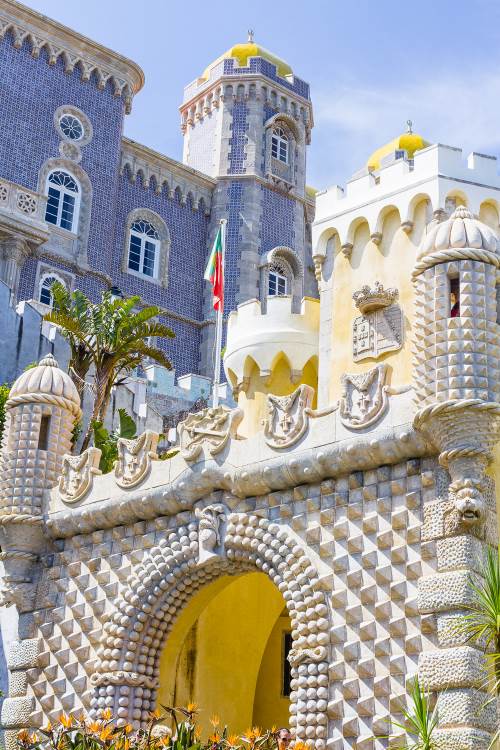
Source: shinythoughts.net

Source: shinythoughts.net

Source: shinythoughts.net
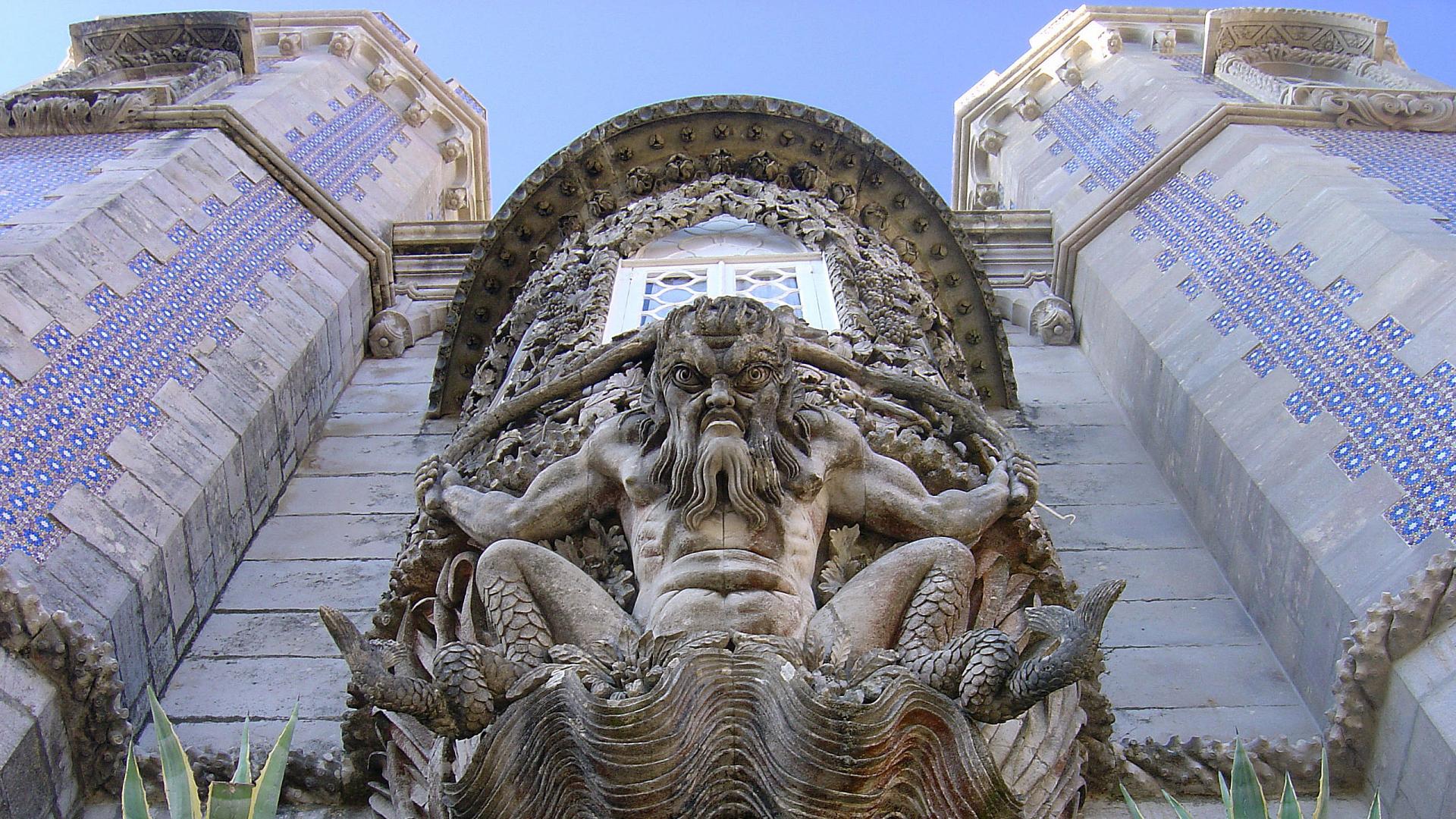
Inside the Palace, Triton arch symbolising the Creation, source: portugalvirtual.pt
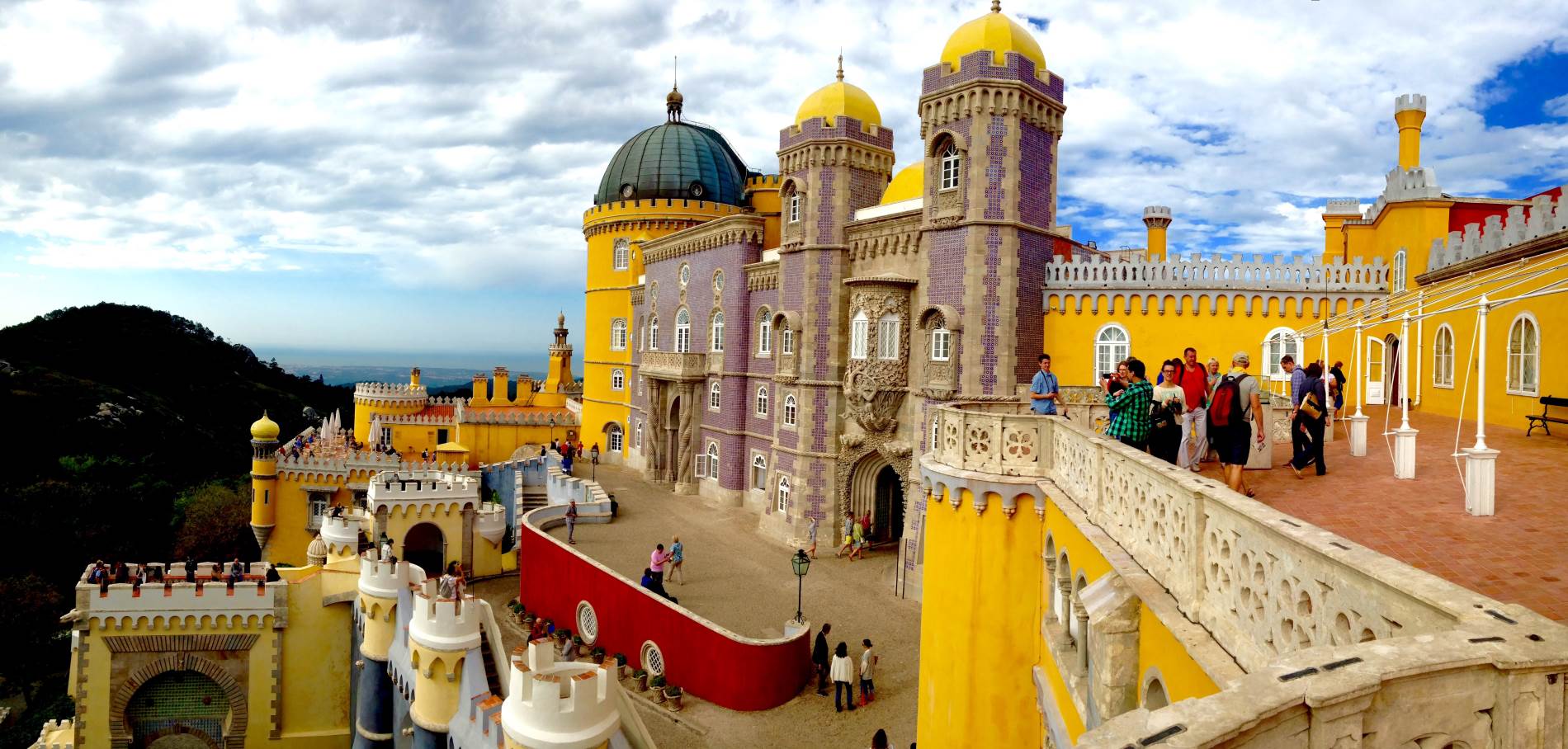
Front of the Palace, source: flojohntravels
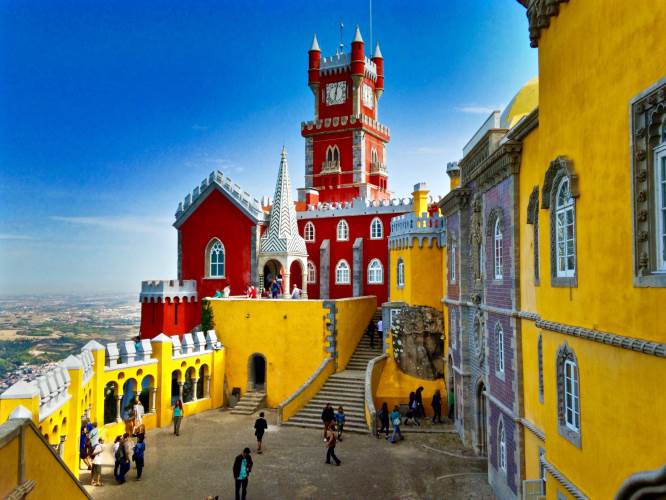
Back courtyard, source: flojohntravels
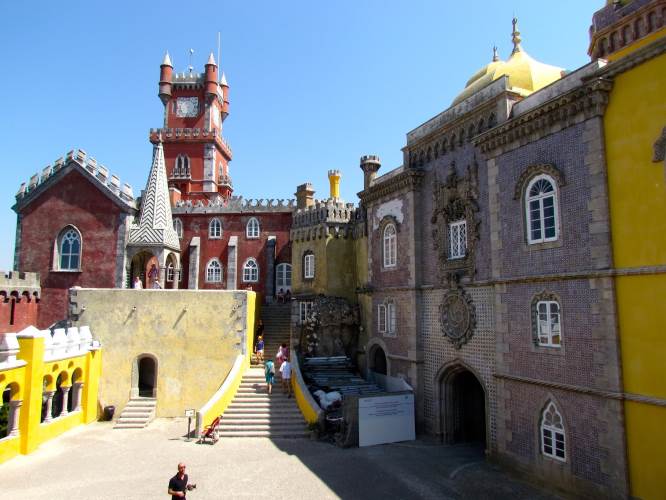
Back courtyard, source: sharalyn
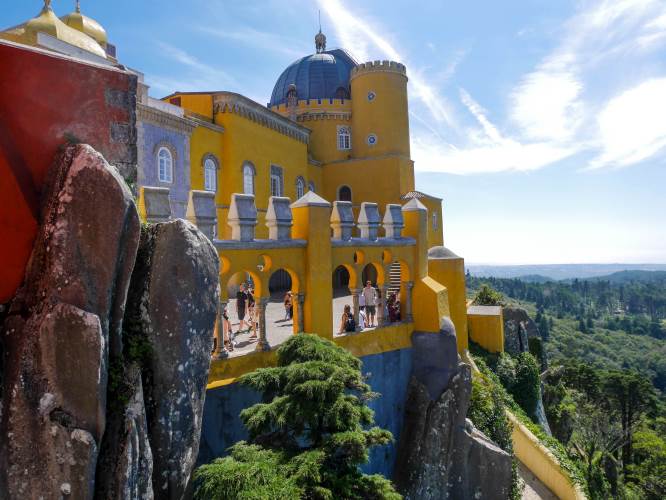
Back courtyard, source: bootsnotroots
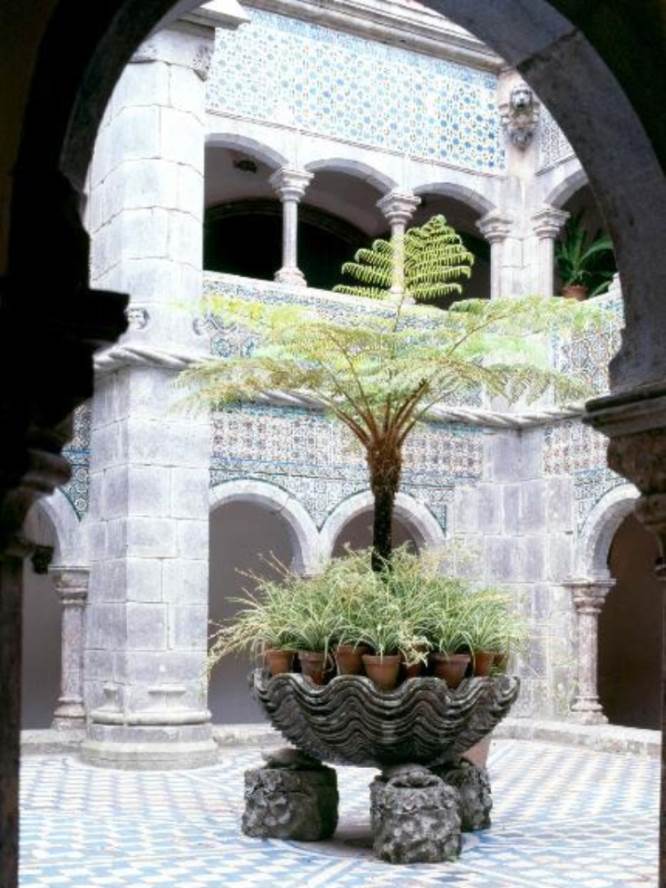
Cloister, source: DGPC
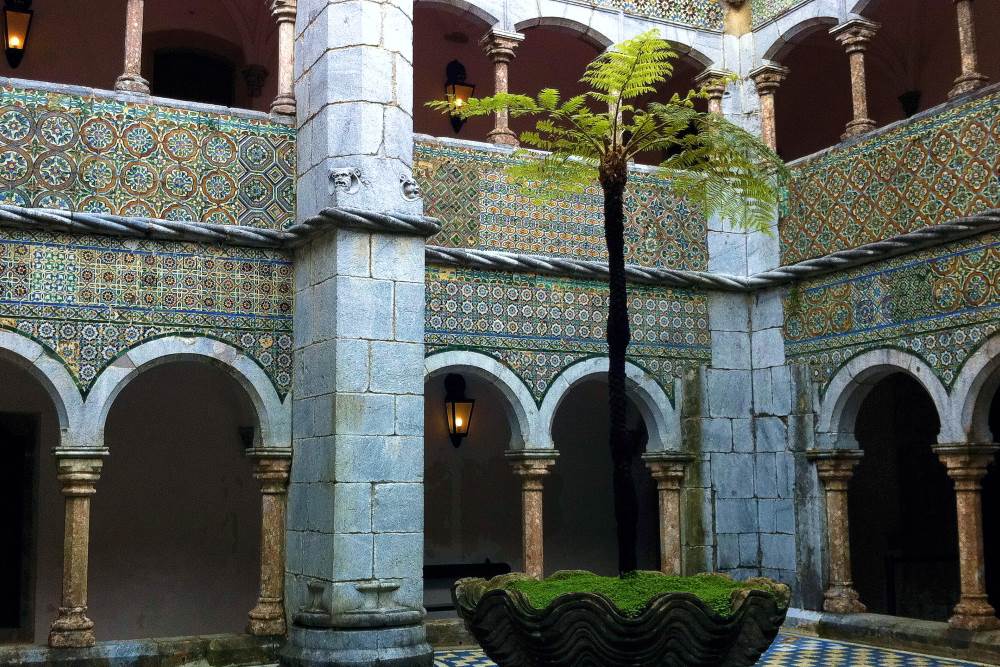
Manueline cloister preserved from the old monastery, source: portugalvirtual.pt
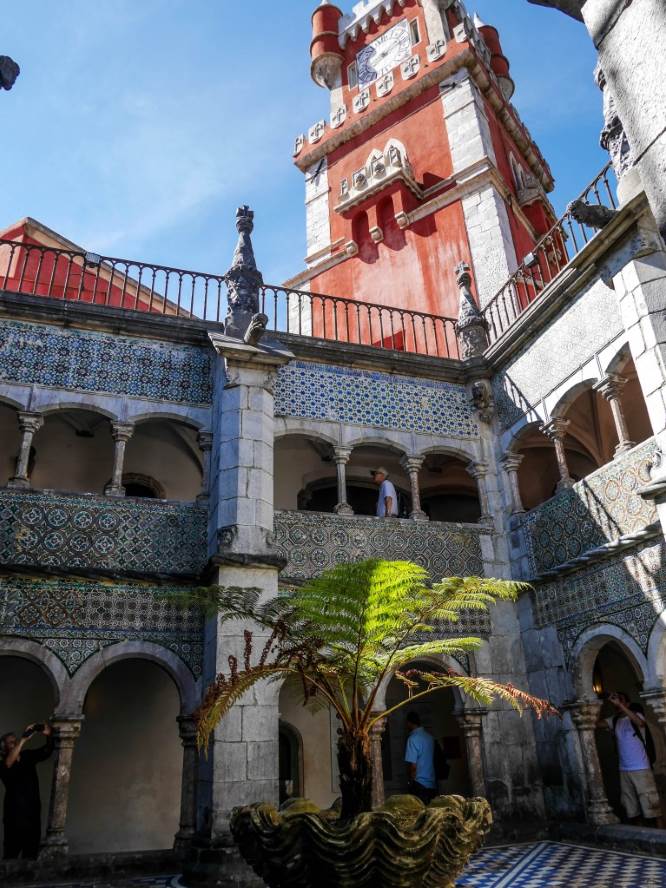
Cloister, source: bootsnotroots
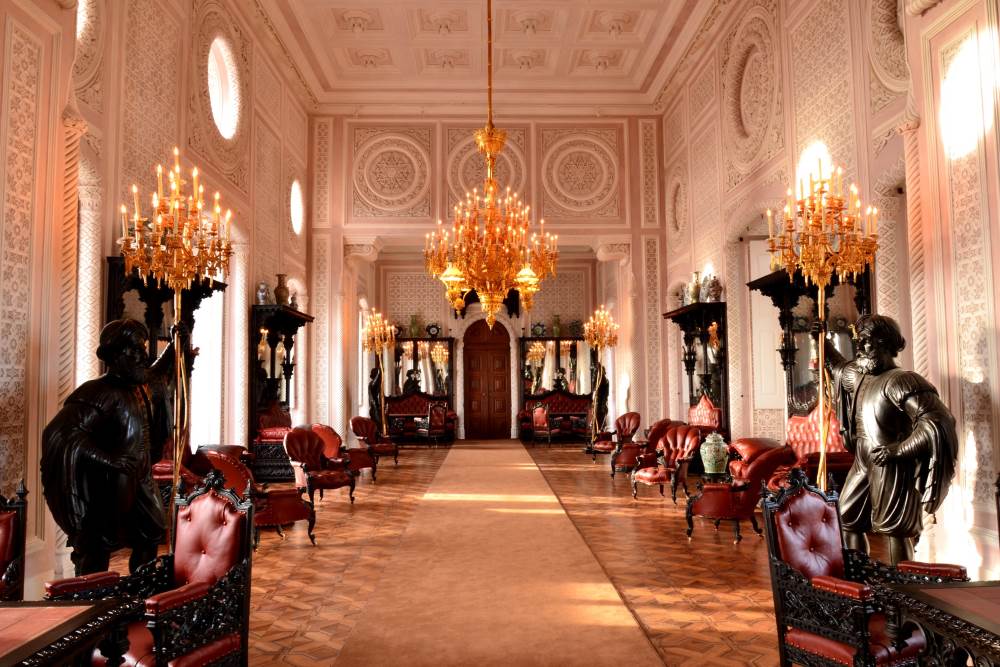
Great Hall, source: parquesdesintra.pt
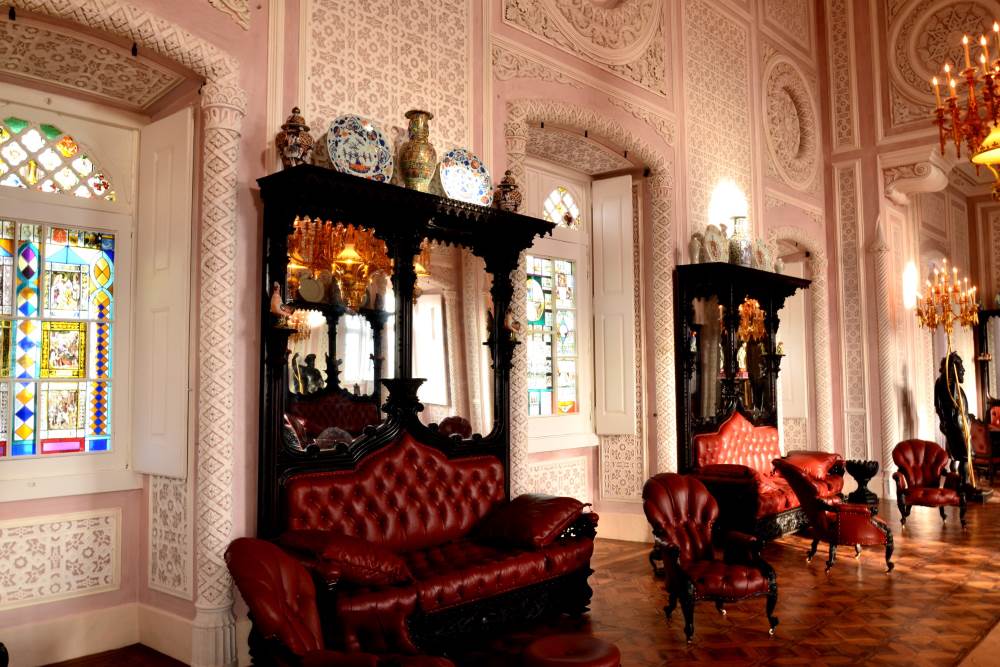
Great Hall, source: parquesdesintra.pt
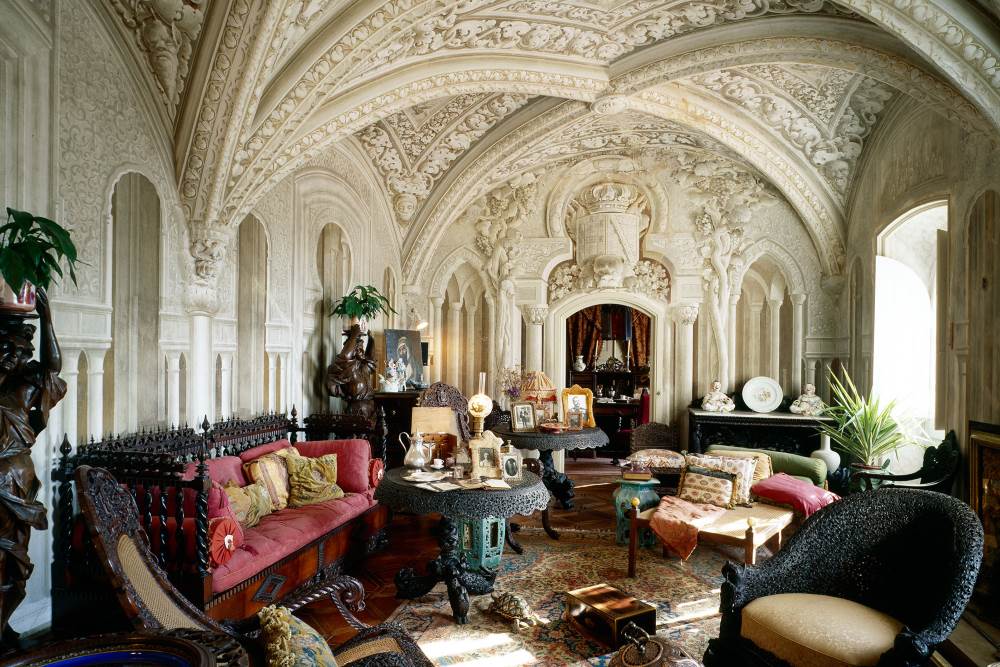
Arab room, photo: dream.estoril-portugal.com

Arab room, source: huffingtonpost.com

Arab room, photo: dream.estoril-portugal.com

Dining room, source: vicadvisor.com
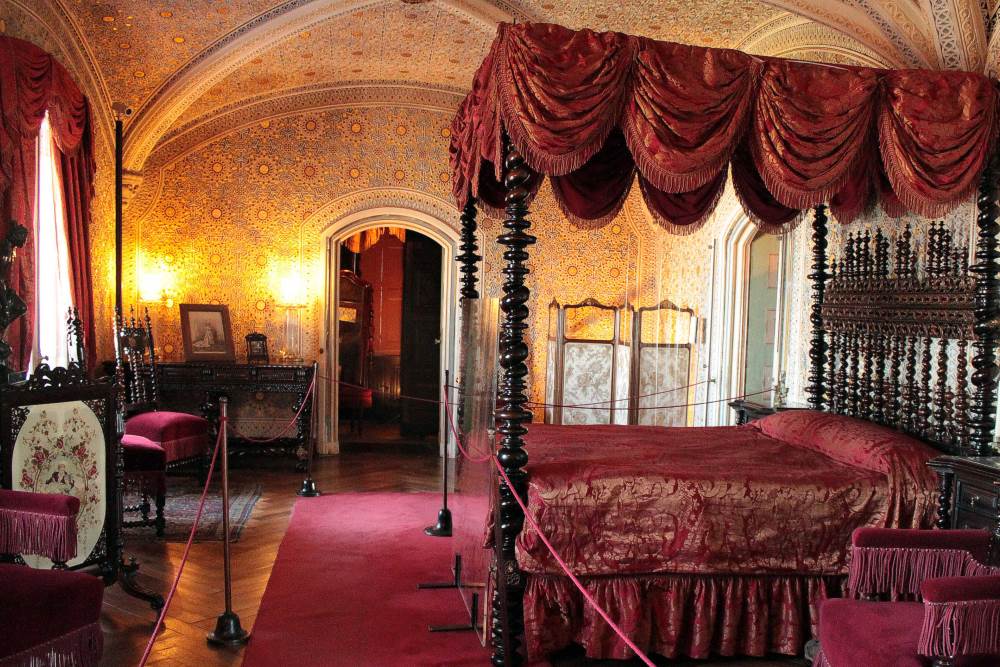
Queen's Room, source: portugalvirtual.pt

Queen's Room, source: portugalvirtual.pt
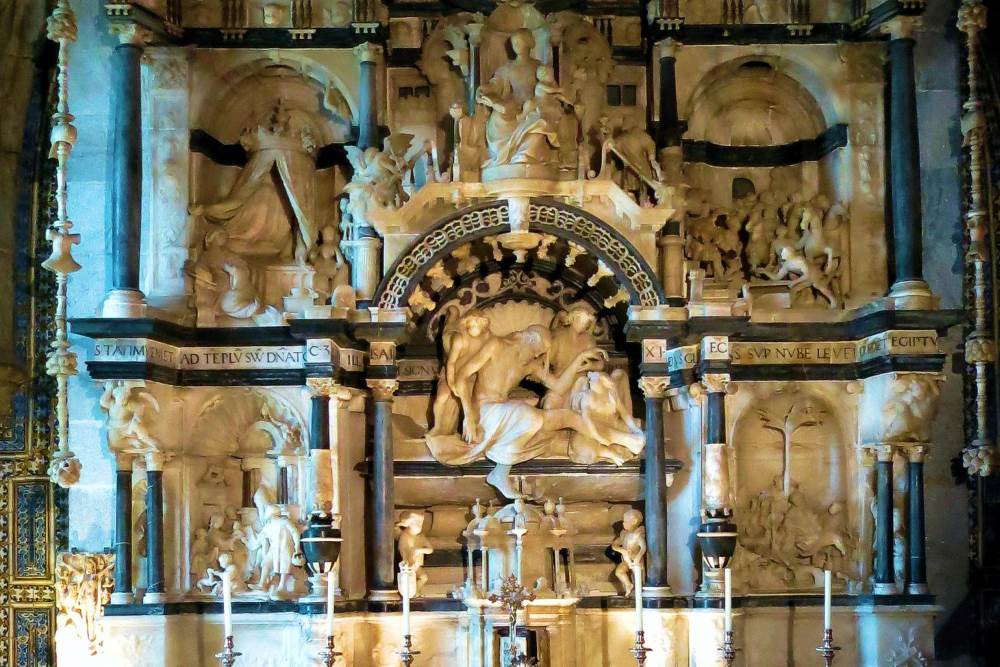
Chapel Retable, source: portugalvirtual.pt
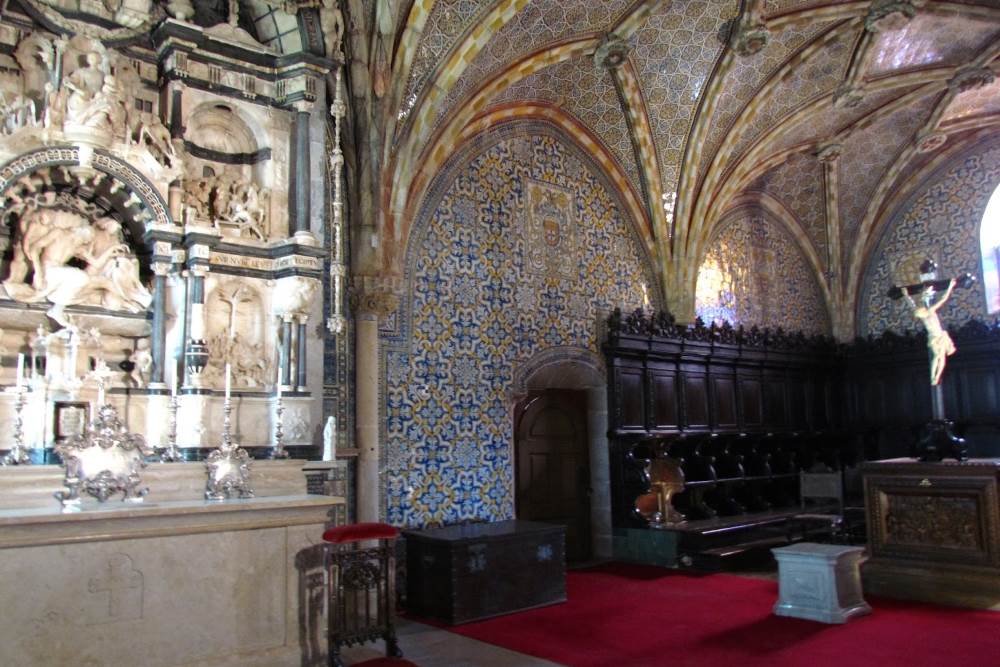
Chapel, source: sharalyn
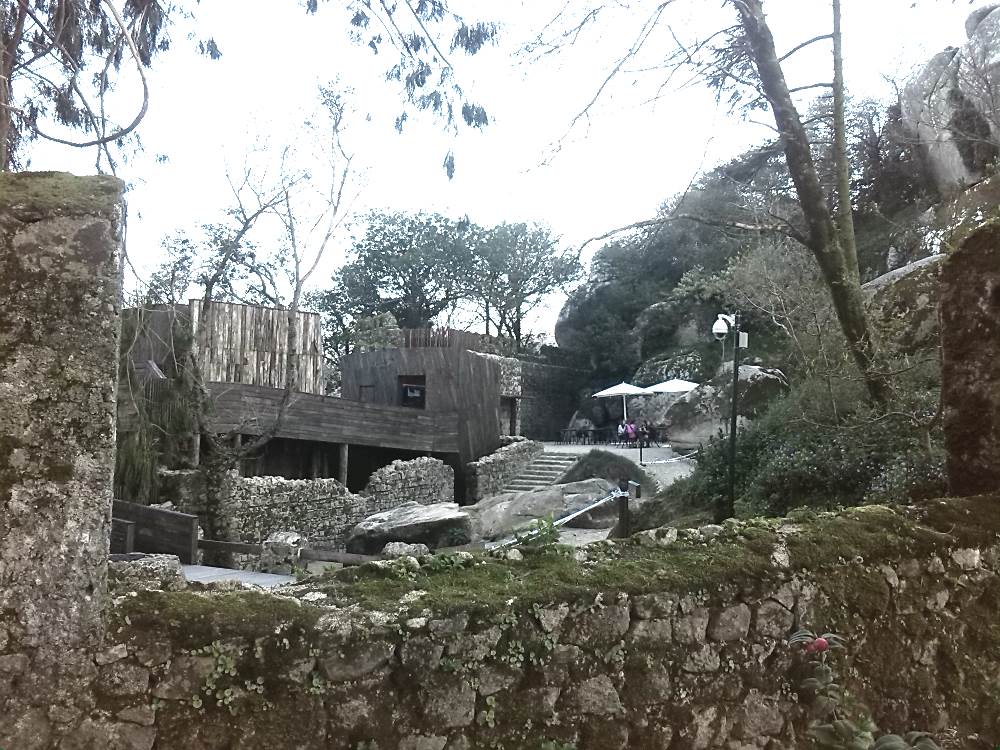
Inside the Castle.
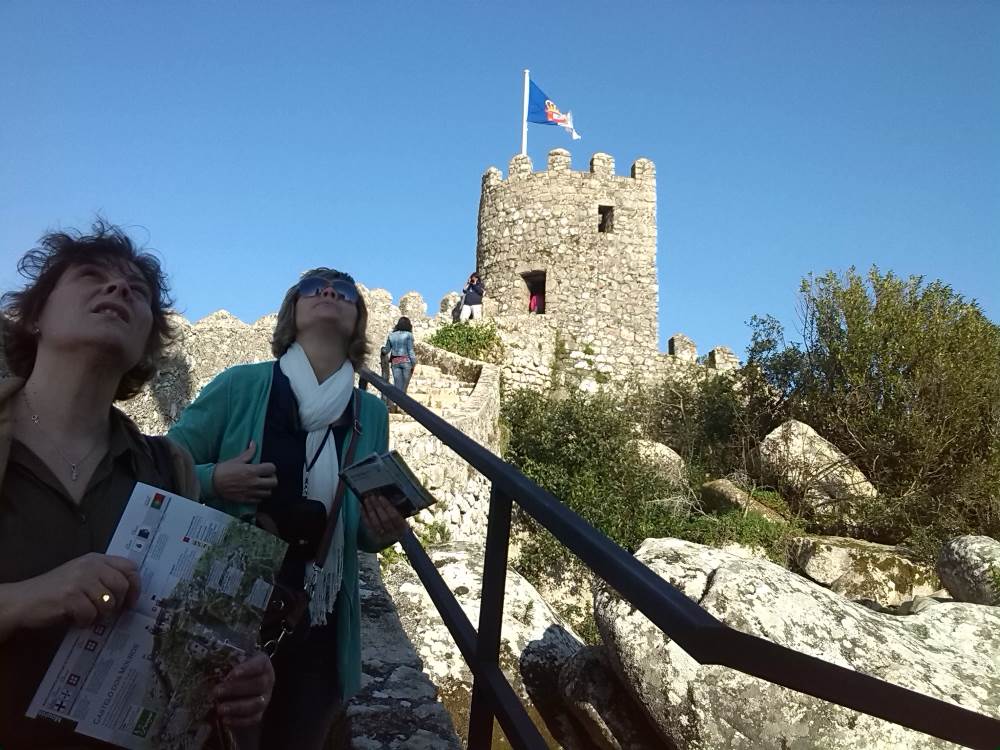
The wall features 5 towers, one of circular plant

In the highest tower.
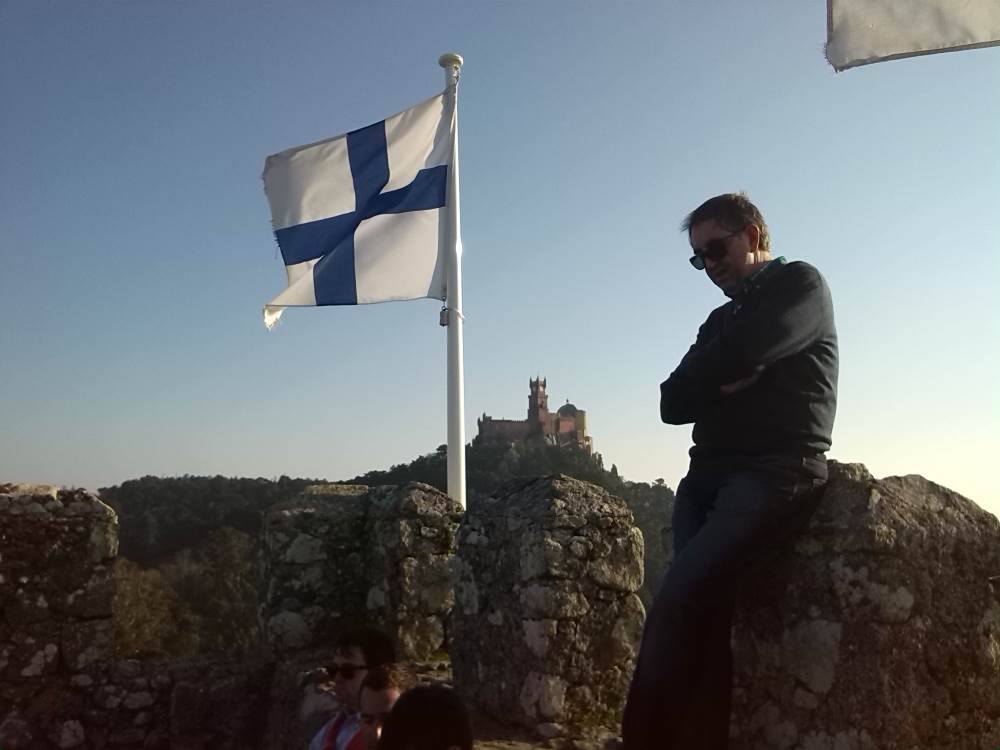
Back there, the Pena Palace.
Panoramic view from Pena Palace to Castelo dos Mouros... The Atlantic Ocean, to the west (at the left in the photo) and view to the North (at the right)... source reginahelena.blogspot
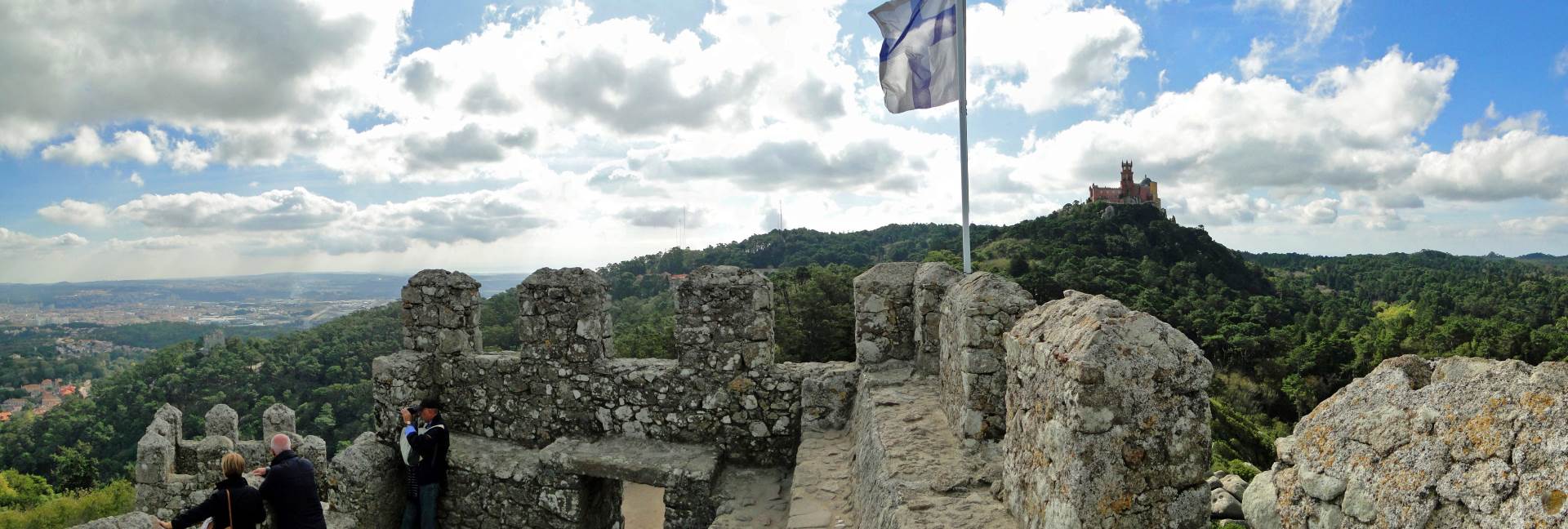
View from the highest tower at Castelo dos Mouros... East view (at the left in the photo) and South view with Palácio da Pena in the other hilltop... Photo by Isabel Marques
The National Pena Palace, popularly known only as Pena Palace or Pena Castle, is situated in the village of Sintra, in the district of Lisbon, in Portugal.
Erected on a massif rocky, isolated in one of the summits of the Sintra hills, from the top of its edification reveals a privileged view of all its rural surroundings that extends to the Atlantic Ocean.
O Palácio Nacional da Pena, popularmente referido apenas por Palácio da Pena ou Castelo da Pena, localiza-se na vila de Sintra, no distrito de Lisboa, em Portugal.
Erguido sobre um maciço rochoso, isolado num dos cumes da serra de Sintra, do alto da sua edificação descortina-se uma vista privilegiada de toda a sua envolvência rural que se estende até ao oceano Atlântico.
The Park and the Pena Palace with architectural references of Manueline and Moorish influence, are the fruit of the creative genius of D. Fernando II.
The Palace represents one of the main expressions of nineteenth-century architectural Romanticism in the world, constituting the first palace in this style in Europe, erected about 30 years before the Neuschwanstein Castle in Bavaria.
The Palace was built to be observed from any point of the Park, forest and lush gardens with more than five hundred tree species from the four corners of the world. Also very interesting in the Pena Park is the Chalet of the Countess of Edla.
O Parque e o Palácio da Pena com referências arquitetónicas de influência manuelina e mourisca, são o fruto do génio criativo de D. Fernando II.
O Palácio representa uma das principais expressões do Romantismo arquitectónico do século XIX no mundo, constituindo-se no primeiro palácio nesse estilo na Europa, erguido cerca de 30 anos antes do Castelo de Neuschwanstein, na Baviera.
O Palácio foi construído para ser observado de qualquer ponto do Parque, floresta e jardins luxuriantes com mais de quinhentas espécies arbóreas oriundas dos quatro cantos do mundo. Também muito interessante no Parque da Pena é o Chalet da Condessa d’Edla.
Sources: Wikipedia, Parques de Sintra, SIPA
Fontes: Wikipedia, Parques de Sintra, SIPA

Aerial view, source: portugalvirtual

Aerial view, source: visitportugalblog

Aerial view, source: publituris.pt
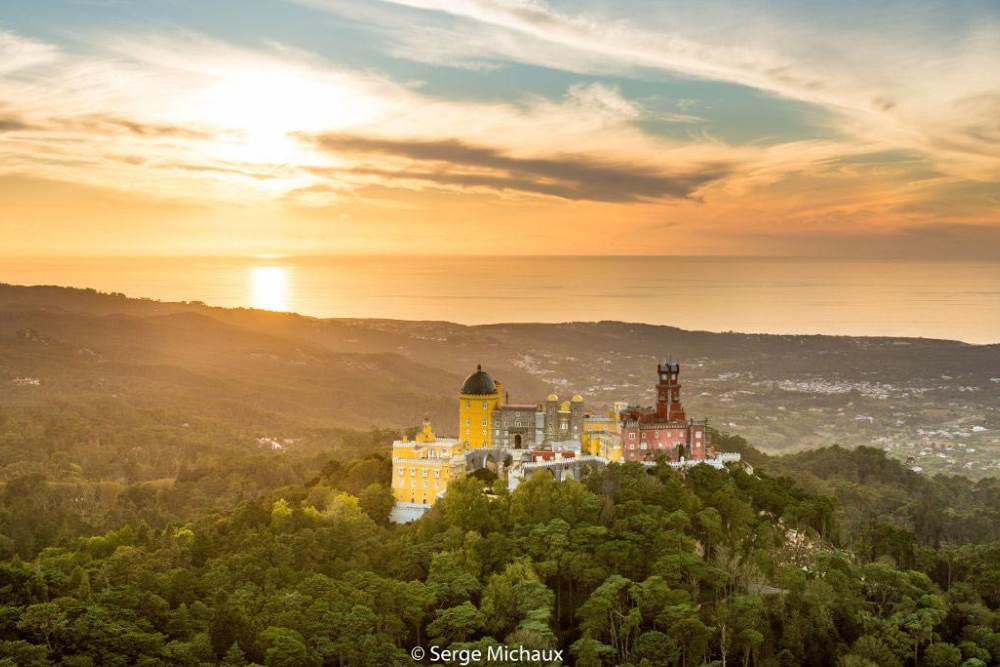
Aerial view, source: vidadebairro.pt
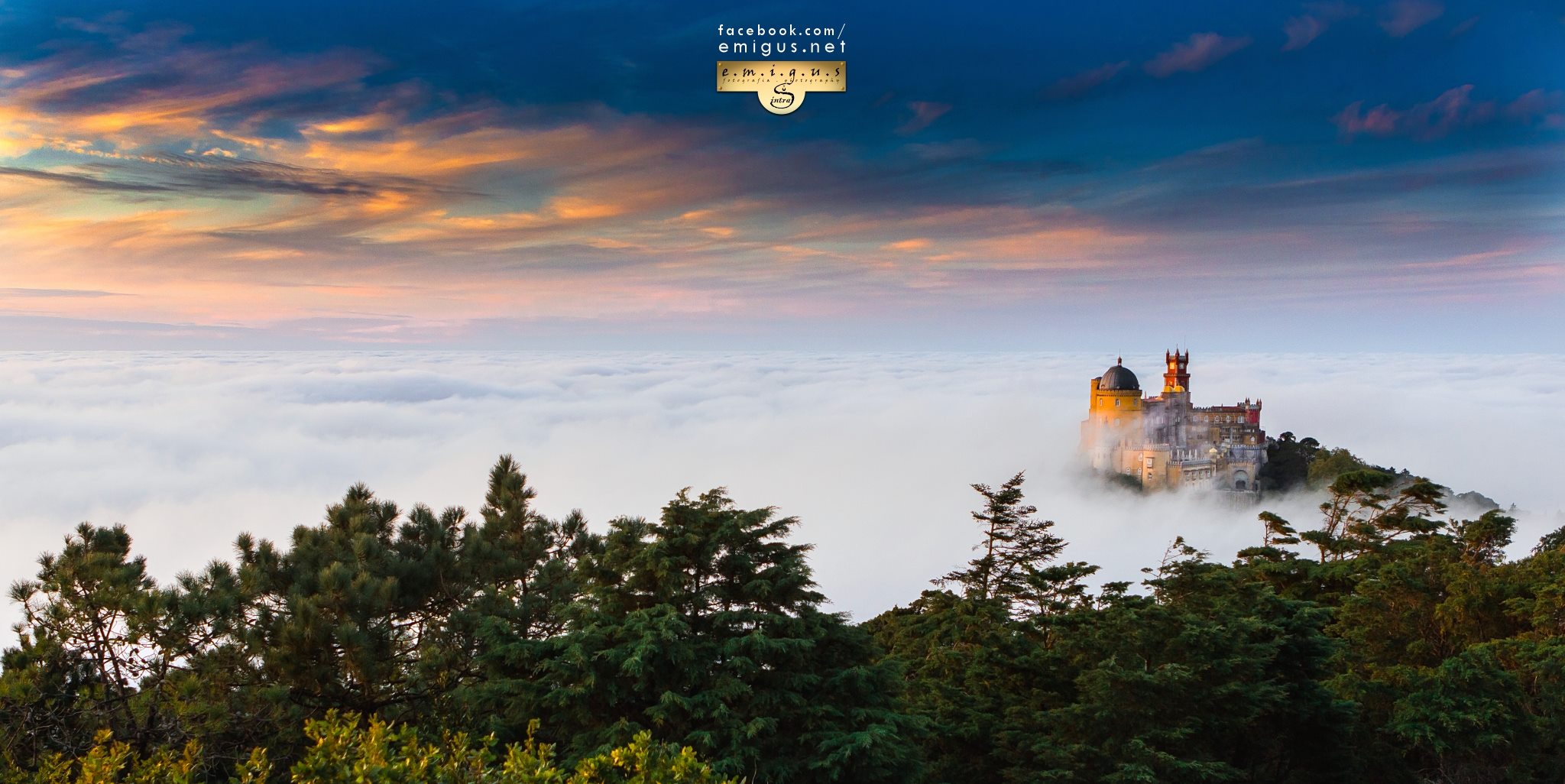
Another day that ends just like a poem source: Emigus Photography

Good evening! source: sintra2017.com